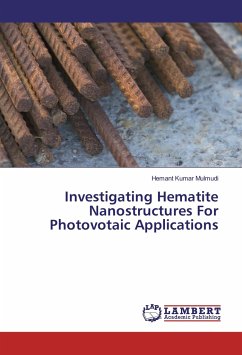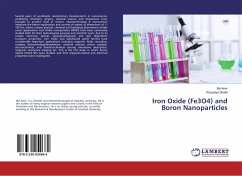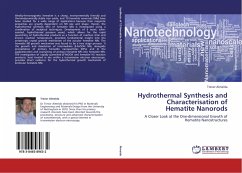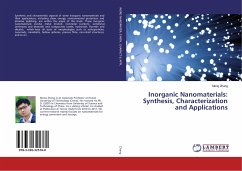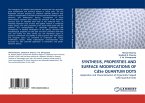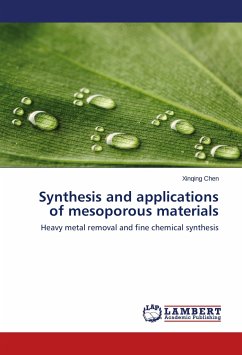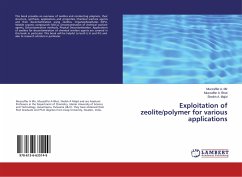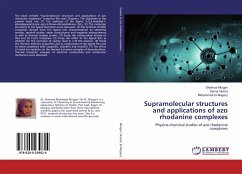Photoelectrochemical solar cells are promising because of their low cost and fabrication process. Iron oxide (hematite phase, rust) can be employed in forming a semiconductor/ electrolyte junction to harness solar energy. Given a bandgap of 2.2 eV of iron oxide, a maximum of 12-13 mAcm2 can be extracted from it. But the short hole diffusion lengths which are in the order of few nanometers pose a problem in achieving this goal. This work focuses on utilizing iron oxide nanostructures as a tool to resolve this problem. Solution processed method was employed in synthesizing different nanostructures of iron oxide on conductive substrates such as Flourine doped tin oxide. These nanostructures were directly integrated into PEC solar cells using iodine/iodide electrolyte. The limitations of such a system were systematically investigated by measuring the short circuit current with varying light intensity and impedance spectroscopy.
Bitte wählen Sie Ihr Anliegen aus.
Rechnungen
Retourenschein anfordern
Bestellstatus
Storno

